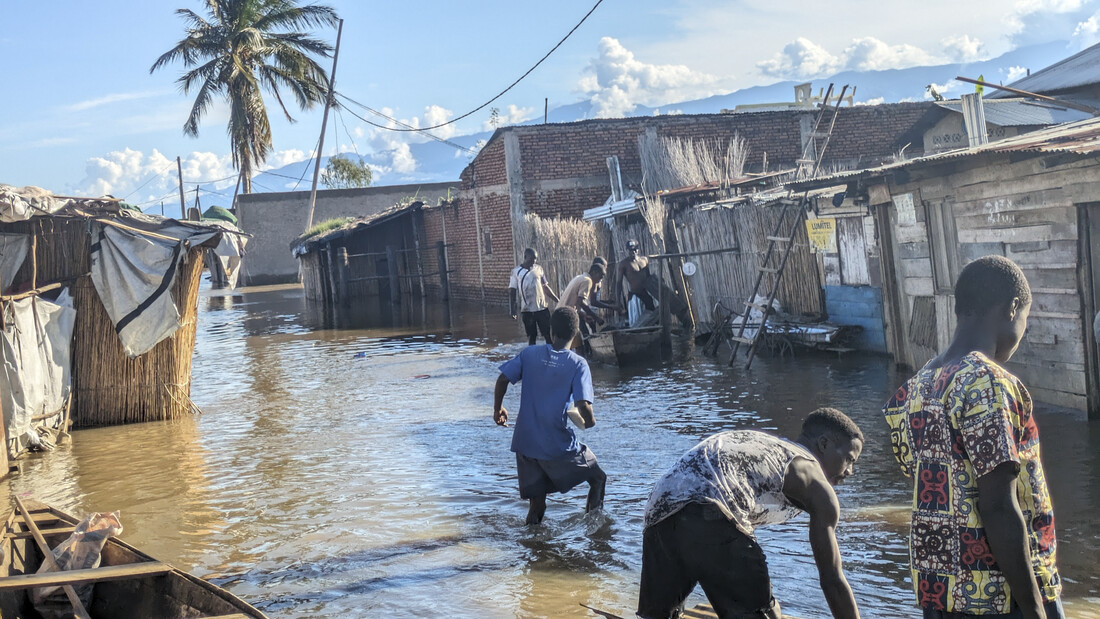
Ten humanitarian disasters that were barely reported in 2024
Humanitarian crises are challenges affecting millions of people, and the facts speak for themselves: as a consequence of these underreported crises, around 34.8 million people are in need of humanitarian assistance. With this Crisis Report, which is being published for the ninth year in a row, CARE puts ten underreported crises and the people affected into focus.













